If it’s stunning natural scenery you’re after in a holiday, then it’s hard to beat New Zealand as a destination.
An island nation with a rich geological history, New Zealand is home to snow-capped mountains, sweeping beaches, ancient volcanic peaks, lush native forests, glassy lakes, fjords and the rising steam and bubbling mud of Otherworldly geothermal features. Almost 30 per cent of the land is under protection status, including over 10,000 natural reserves covering around 30,000 square miles.
After a month in North Island, my companion and I were impressed with the efforts being made to reinstate indigenous flora and fauna. Here are some highlights from our trip.
Nga Manu Nature Reserve
Having a cheeky kākā boldly land on your head for a flutter and walkabout is one of the memorable moments my companion enjoyed at Nga Manu Nature Reserve.
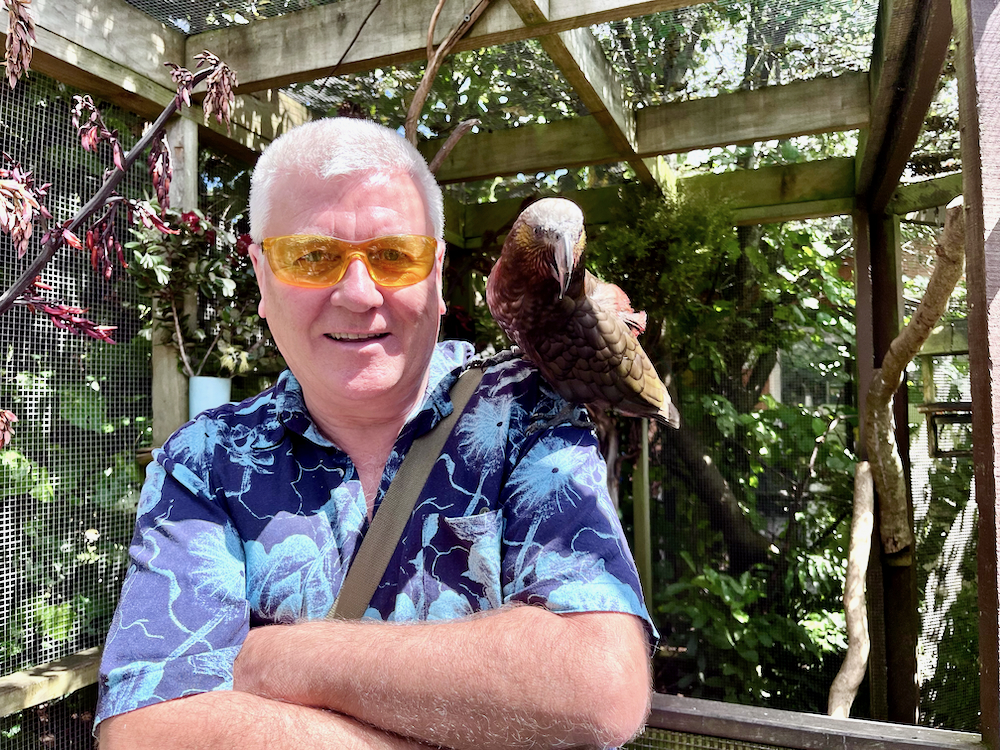
This lovable New Zealand parrot is one of many feathered friendlies and other creatures at this 14-hectare reserve, home for at-risk birds and reptiles.
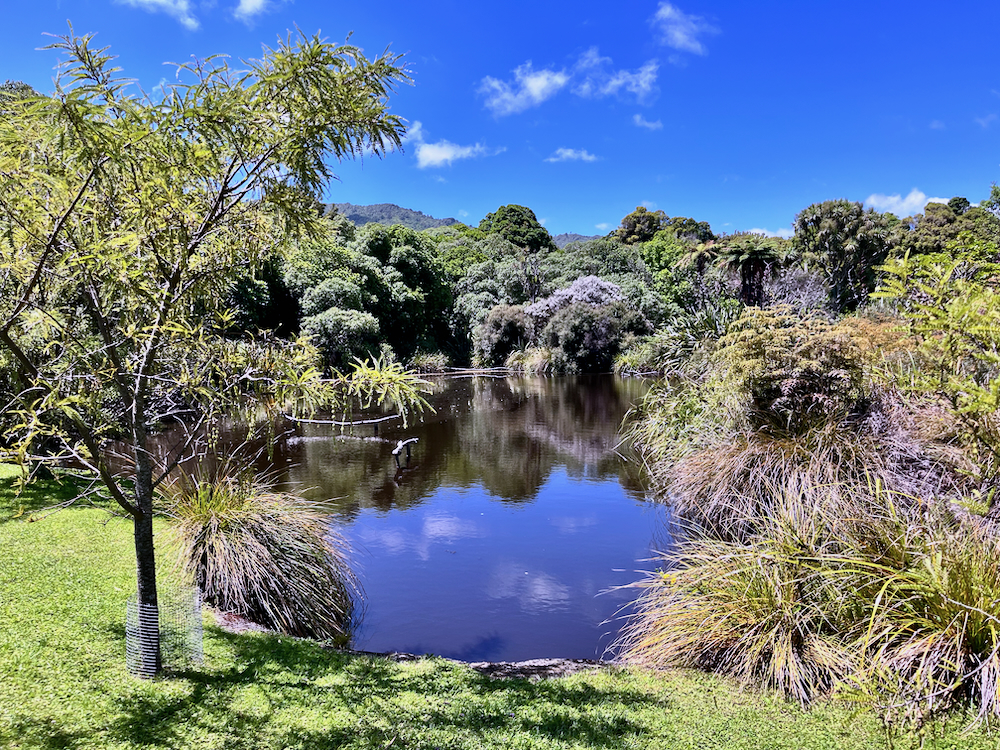
The reserve comprises a mosaic of habitats including the largest remnant of lowland swamp forest on the Kāpiti Coast, as well as ponds, wetlands, open lawns, walk-through aviaries, reptile enclosures and a nocturnal house for kiwi. Tree lovers will enjoy the forest walk where swamp maire, pukatea, kohekohe, and several breath-taking 400-year-old kahikatea flourish. Birds nest here in abundance including tui, bluebill, kererū, kākā, piwakawaka, silvereye (tauhou) and waterfowl of all kinds, from grey teal to paradise shelduck, shovelers and grey warblers. Reptiles roaming around include geckos, tuataras, and skinks.
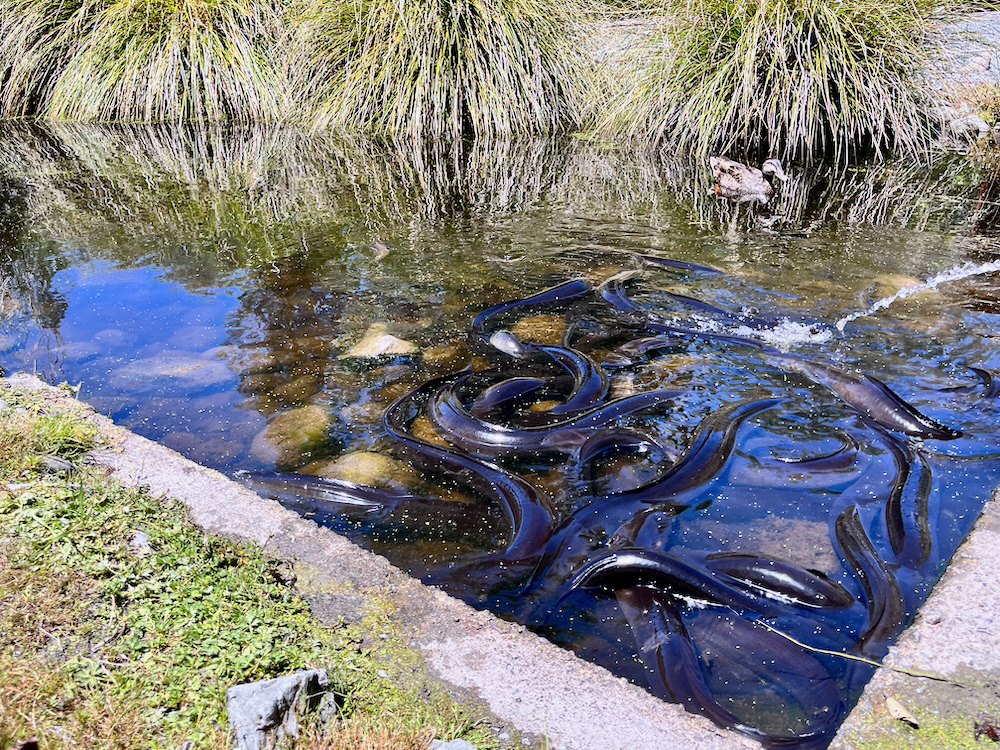
You’ll also learn about the important role of azola, a fern that grows on lake-water and traps carbon beneath that help keep water cool and provides food for birds and insects.
A not-to-be-missed experience is the excited flopping and splashing of the reserve’s eels during feeding time. These amazing creatures travel five kilometers to their breeding grounds, a journey lasting from four to six months. Each female lays about a million eggs but only two per cent of larvae survive.
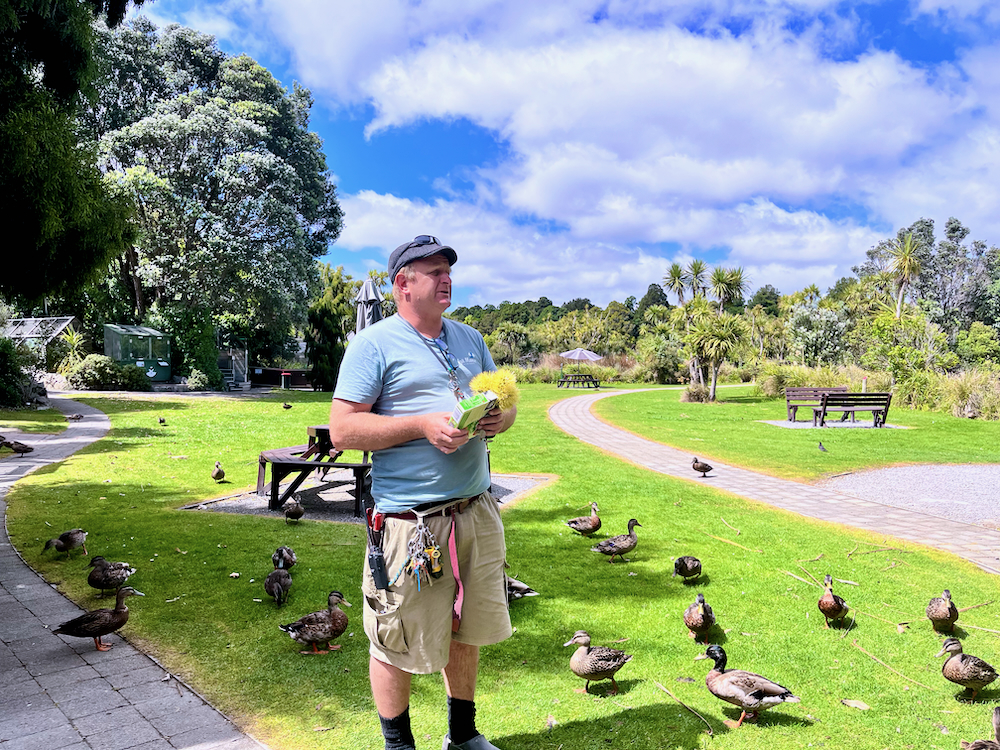
You’ll also see nectar-laden dactylanthus flowers, the only fully parasitic flowering plant much beloved by short-tailed bats. It grows towards the light using neighbouring trees as support, forming massive hanging gardens in the air. Maori people use them for weaving.
This is the 50th anniversary of Nga Manu Nature Reserve so no better time to go.
Kapiti Island
One of New Zealand’s most important nature reserves, this island lies around five kilometers off the west coast of North Island.
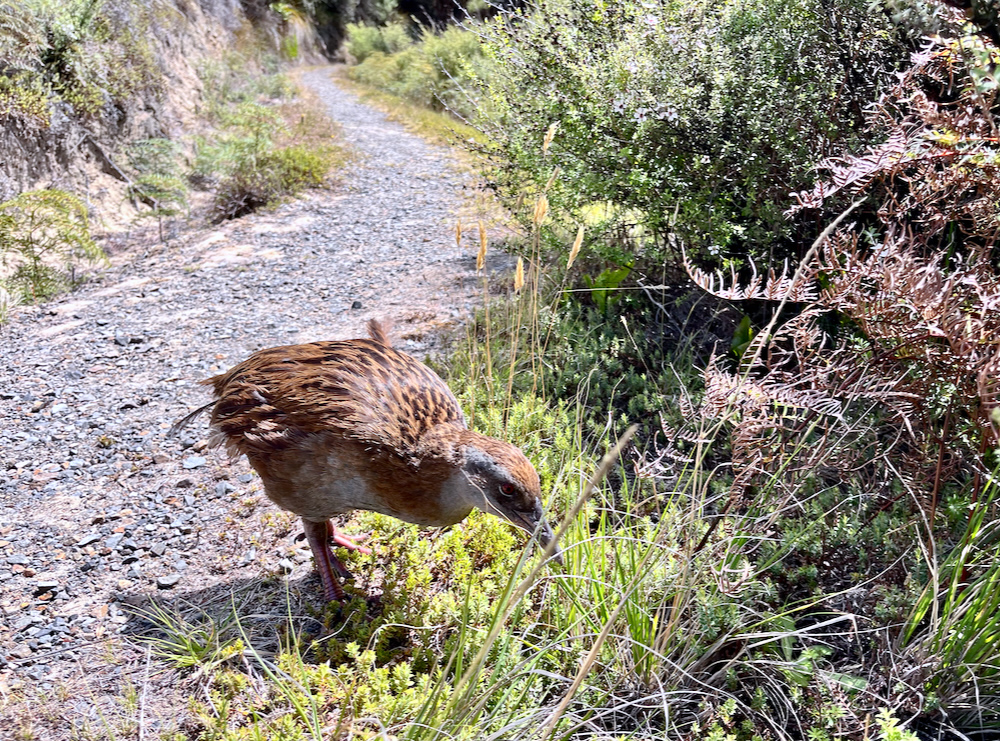
It is an ornithologist’s dream, a predator-free paradise where endangered birds such as weka, stitchbird, kokako, takahe, brown teal and saddleback have been transferred since the 1980s.

Other native and marine birds also thrive here and visitors will see black shags fanning their wings to dry, black-backed gulls nesting on rock stacks, even little blue penguins crossing the beach at night.
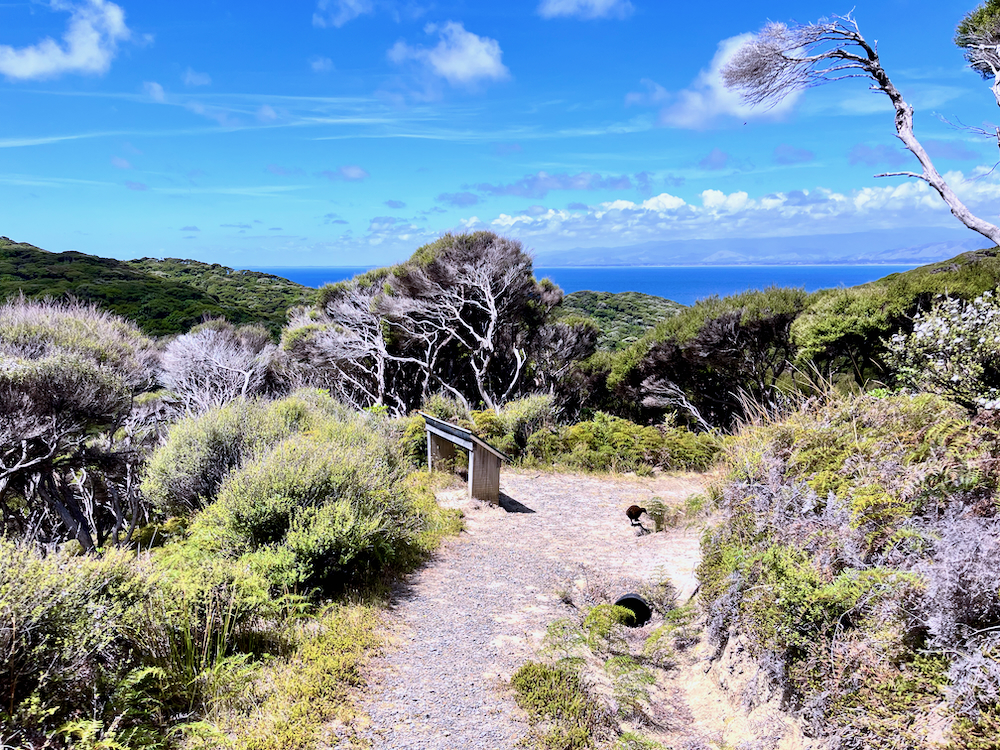
My companion and I went on a half-day tour hosted by Kapiti Island Nature Tours which have been the guardians of the island for eight generations. A short ferryboat ride and we arrived on the island where a guide gave a short introductory talk on the local fauna and flora. We then had the luxury of three hours to hike and explore the island’s grassy pathways bordered by dense forest, enjoying frequent panoramic views over the Pacific Ocean.
Zealandia
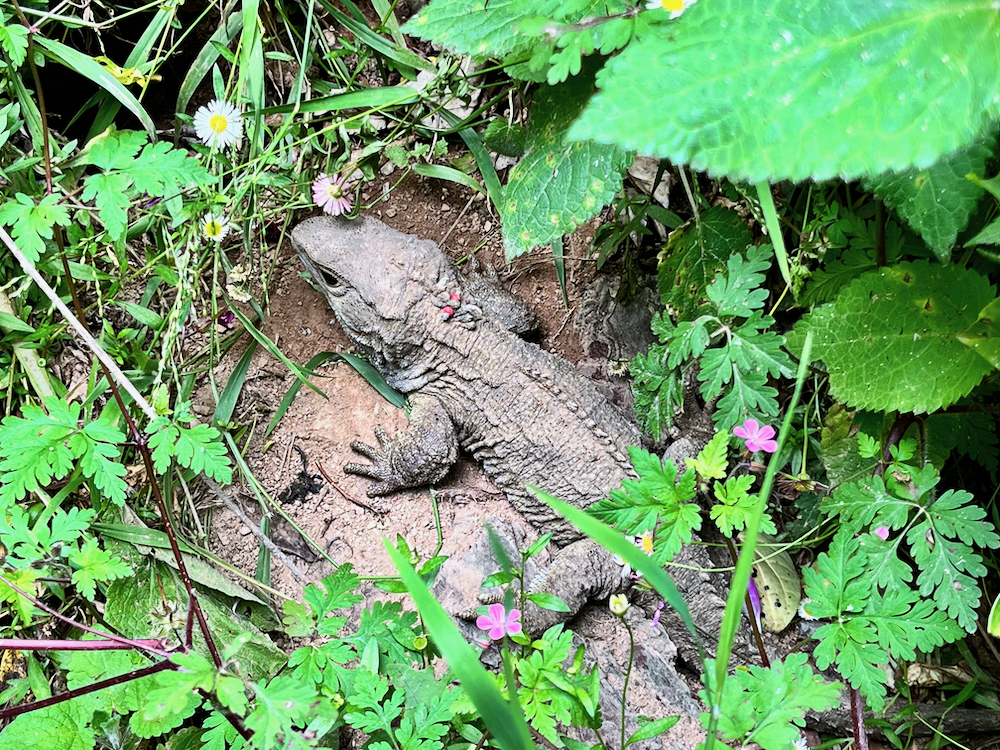
Best described as an ecosanctuary in the heart of Wellington, Zealandia is located around a picturesque reservoir and features 32 kilometers of trails where some of the country’s most rare and extraordinary wildlife are free to roam.

Over forty different species of native birds have been recorded here, twenty-four of them endemic (found in no other country). Dozens of reptile species, hundreds of plant species and thousands of kinds of invertebrates have also made Zealandia their home.
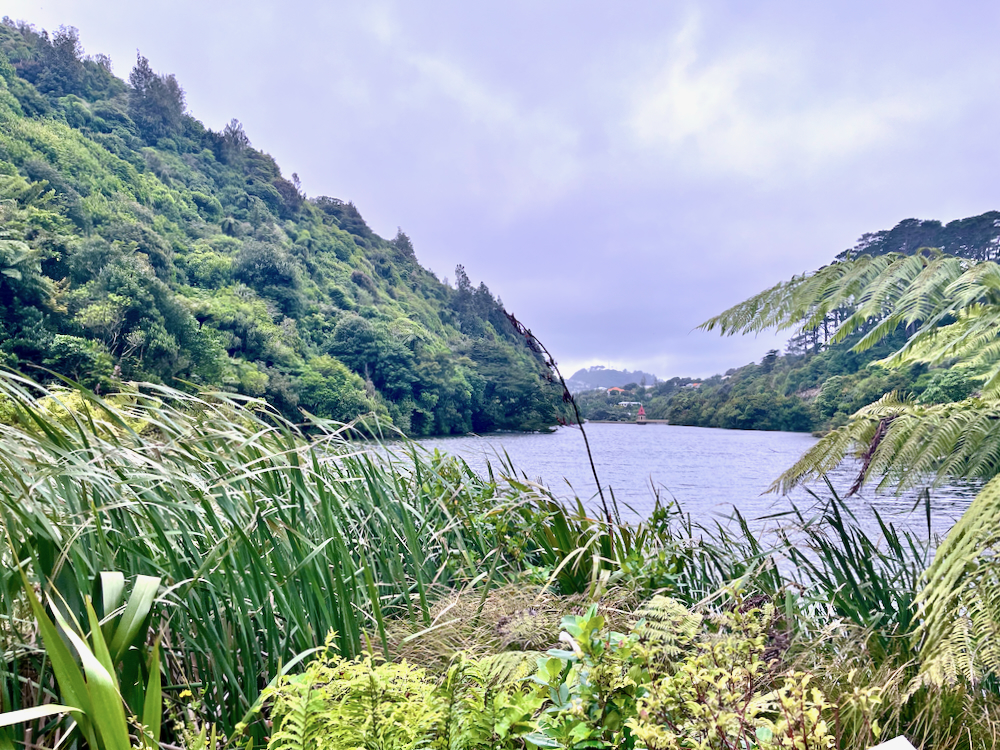
Tours here can be self-guided or with an expert guide. My companion and I chose the latter and were rewarded with insightful information and stories by expert Paul Wilson, sightings of birds including kererū, a peculiar pigeon that gets tipsy consuming fermented fruits, takahe and tui; reptiles such as tuatara; and exotic ponga, kawa-kawa and mamaku plants.
Volcanic landscapes
Sitting on an active fault line, New Zealand experiences a lot of volcanic activity, particularly around Rotorua, Lake Taupo and the Bay of Plenty.
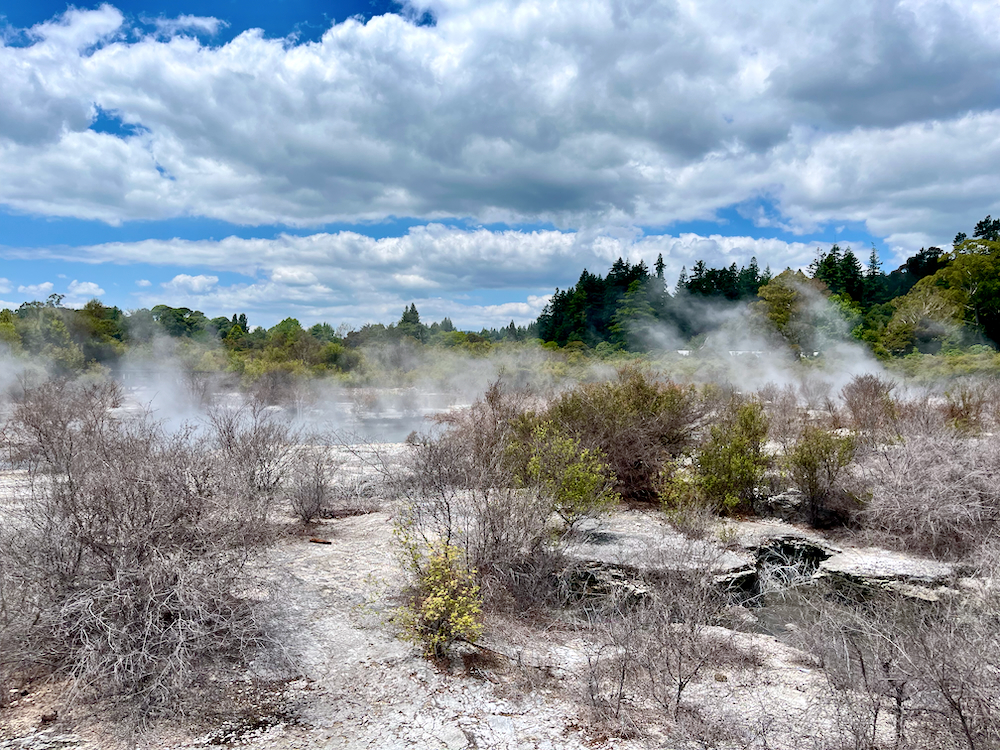
It would be a cardinal sin to leave without seeing some of the impressive geothermal features that result from such activity including geysers, boiling mud pools and mineral hot springs.
I chose the Māori village of Whakarewarewa, home of the Tūhourangi Ngāti Wāhiao people, to experience these natural phenomena while also learning more about the ancient traditions of these indigenous Polynesian people of New Zealand.
One of the fascinating aspects of the two-hour walking tour with knowledgeable local guide, Daniel Wade, was learning first-hand how the Māori utilise underwater hot springs in so many different ways, including bathing and cooking. Another highlight of our tour was an uplifting finale, a live folk song and dance performance featuring men, women and young people in traditional costumes.